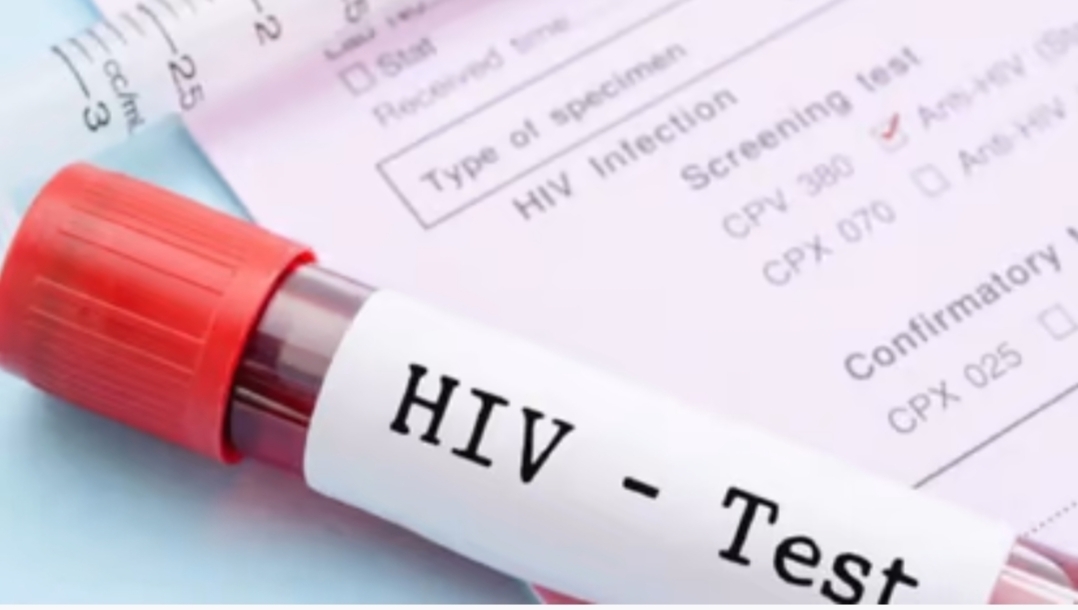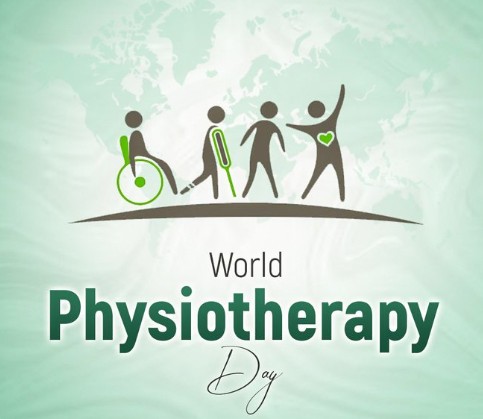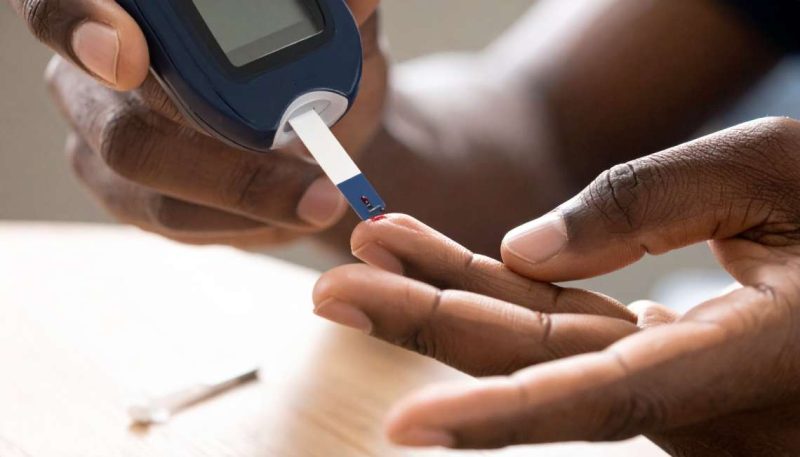Long-acting injectable therapies are also gaining significant momentum in the HIV market. These therapies, which require less frequent dosing, are expected to significantly change how HIV is treated and prevented
The global market for human immunodeficiency virus (HIV) therapies is projected to grow steadily over the next decade, with a new report forecasting an increase from $26.5 billion in 2023 to $32.1 billion by 2033 across seven major markets (7MM). This growth, representing a compound annual growth rate (CAGR) of 1.9 per cent, reflects the increasing demand for more convenient and effective treatment and prevention options.According to the report by GlobalData titled “Human Immunodeficiency Virus (HIV): Seven-Market Drug Forecast,” this market expansion will be driven primarily by the rising uptake of long-acting injectable therapies and the launch of novel single-tablet regimens (STRs). These innovations are aimed at improving adherence, reducing side effects, and simplifying HIV treatment and prevention.
Anaelle Tannen, Infectious Disease Analyst at GlobalData, noted that the HIV therapy pipeline reveals a shift from traditional three-drug STRs to newer two-drug combinations. “The pipeline analysis indicates a shift away from 3-drug STRs and towards 2-drug STRs. These are hoped to have reduced toxicities and side effects as a result,” Tannen said.
Currently, six promising products are in Phase III development, all expected to launch by 2033. Four of these are two-drug STRs: Gilead Sciences’ once-daily combination of bictegravir and lenacapavir; Merck’s once-daily doravirine and islatravir; Gilead’s once-weekly islatravir and lenacapavir; and a once-weekly oral regimen of GS-1720 and GS-4182, co-developed by Gilead and Merck. These next-generation therapies are designed to offer a more patient-friendly experience, reducing the burden of daily medication and potentially enhancing long-term treatment outcomes.
“Currently, all STRs require daily administration and there is a need for alternative and more convenient options for patients which islatravir+lenacapavir and GS-1720+GS-4182 could address,” Tannen said.
Long-acting injectable therapies are also gaining significant momentum in the HIV market. These therapies, which require less frequent dosing, are expected to significantly change how HIV is treated and prevented. Lenacapavir, developed by Gilead, is among the most promising candidates. Initially intended to be administered subcutaneously twice a year for pre-exposure prophylaxis (PrEP), studies are now underway to test its effectiveness as an annual intramuscular injection.
“Data from a Phase I trial has demonstrated lenacapavir’s potential when administered intramuscularly once yearly,” Tannen added.
In addition to lenacapavir, other noteworthy therapies in late-stage development include CytoDyn’s once-weekly leronlimab, which targets patients with the CCR5-type virus. These innovative approaches are designed to provide longer-lasting protection and easier maintenance, improving both the efficacy and accessibility of treatment.
Subcutaneous lenacapavir, in particular, has demonstrated 100 per cent efficacy in preventing new HIV infections in clinical trials, positioning it as a powerful new tool for HIV prevention. However, experts caution that pricing could pose challenges to widespread adoption. While these long-acting options offer convenience and clinical advantages, they may be significantly more expensive than current daily oral PrEP options.
“Subcutaneous lenacapavir is expected to be more expensive than daily oral PrEP and this may be a barrier to access,” Tannen said, highlighting a key concern among healthcare providers and patients alike.
As the HIV treatment landscape continues to evolve, these new therapies are likely to redefine the standard of care. The coming decade promises to bring greater innovation, convenience, and improved outcomes for people living with HIV. While access and affordability will remain critical issues, the expansion of the global HIV drug market suggests strong momentum toward a future where managing and preventing HIV becomes easier and more effective than ever before.









